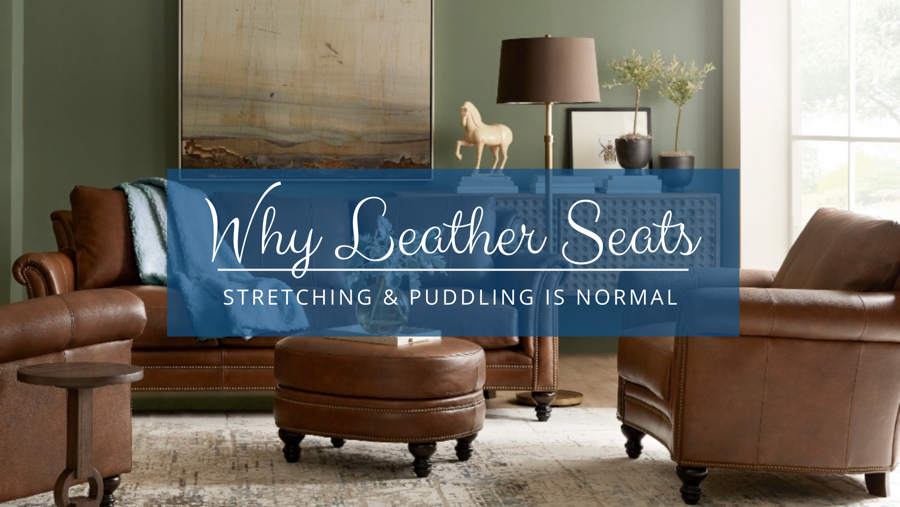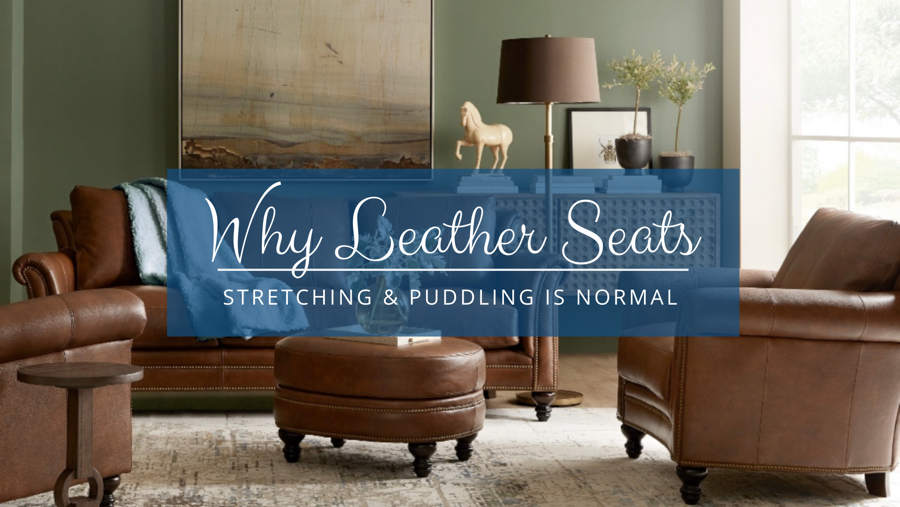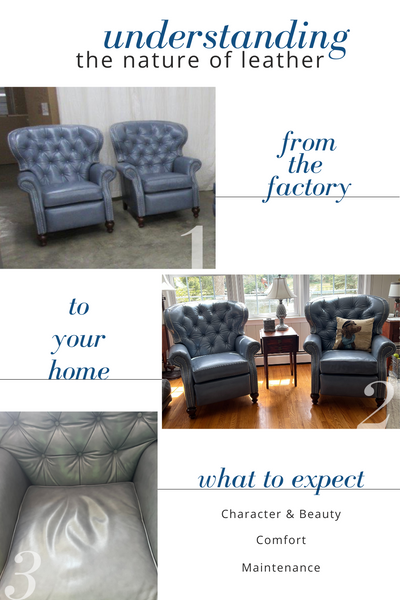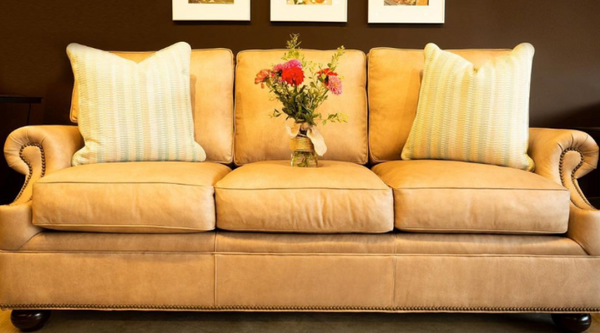★★★★★Rated 4.9/5Based on Our Customer Reviews.
Click to Call us for Assistance - (800) 266-1049


Leather seats can be firm or soft, either way they are luxurious. However, if you've ever owned leather seating, you may have noticed that over time, they can develop subtle changes like stretching and puddling. While these changes may initially raise concerns, it's important to understand that they are entirely normal and part of the natural aging process of leather. In this blog post, we'll explore why leather seats stretch and puddle and why you shouldn't worry.
Before we dive into the stretching and puddling of leather seats, it's essential to grasp the nature of leather itself. Leather is a natural material made from animal hides, which are processed and treated to create a durable and supple material. However, leather is not impervious to changes over time. Just as leather shoes stretch, so do leather seats!

1. Usage and Body Heat: Leather stretches primarily due to usage. When you sit on a leather seat, your body weight exerts pressure on it. Over time, this pressure will cause the leather to stretch and conform to your body's shape. This is especially common in leather furniture that is used often where repeated use will lead to stretching.
2. Humidity and Temperature: Leather is sensitive to changes in humidity and temperature. High humidity can cause leather to absorb moisture and expand, while dry conditions can make it contract. These fluctuations can contribute to the stretching of leather seats.
3. Natural Aging: Like any material, leather undergoes natural wear and tear with age. As it ages, leather becomes more pliable, which can result in stretching. This is a sign of a well-loved leather seat that has developed character over time.
1. Cushioning and Padding: Leather seats in furniture often have cushioning and padding beneath the leather surface. As the leather ages and stretches, it may settle into the cushioning, creating a puddling effect or butt print. This is a natural consequence of the leather conforming to the underlying structure for enhanced comfort.
2. Weight Distribution: Leather puddling can also occur due to the distribution of weight. Areas where people tend to sit more frequently, such as on one side of a sofa or a favorite spot are more likely to experience puddling because of the repeated pressure and weight exerted in those areas.

Now that we've established why leather seats stretch and puddle, it's important to emphasize that these changes are entirely normal and should not be a cause for concern. Here's why:
1. Character and Beauty: Stretching and puddling in leather seats add character and uniqueness to your furniture. They are a testament to the item's history and the comfort it has provided over time.
2. Comfort: Leather seats that have stretched and puddled often become even more comfortable. They conform to your body's shape, offering a personalized seating experience.
3. Maintenance: Regular maintenance, such as cleaning and conditioning your leather, can help slow down the aging process and keep your seats looking their best. However, some degree of stretching and puddling is inevitable with extended use.
In conclusion, the stretching and puddling of leather seats are perfectly normal and expected. They are a testament to the quality and durability of leather as a material. Rather than viewing these changes as defects, embrace them as signs of a well-loved and well-used piece of furniture to be cherished. With proper care and maintenance, you can enjoy the beauty and comfort of leather seats for many years to come.
{"one"=>"Select 2 or 3 items to compare", "other"=>"{{ count }} of 3 items selected"}
Note: Leather swatches are FREE if ordered over the phone. Swatches ordered online will cost $1.00 per swatch.